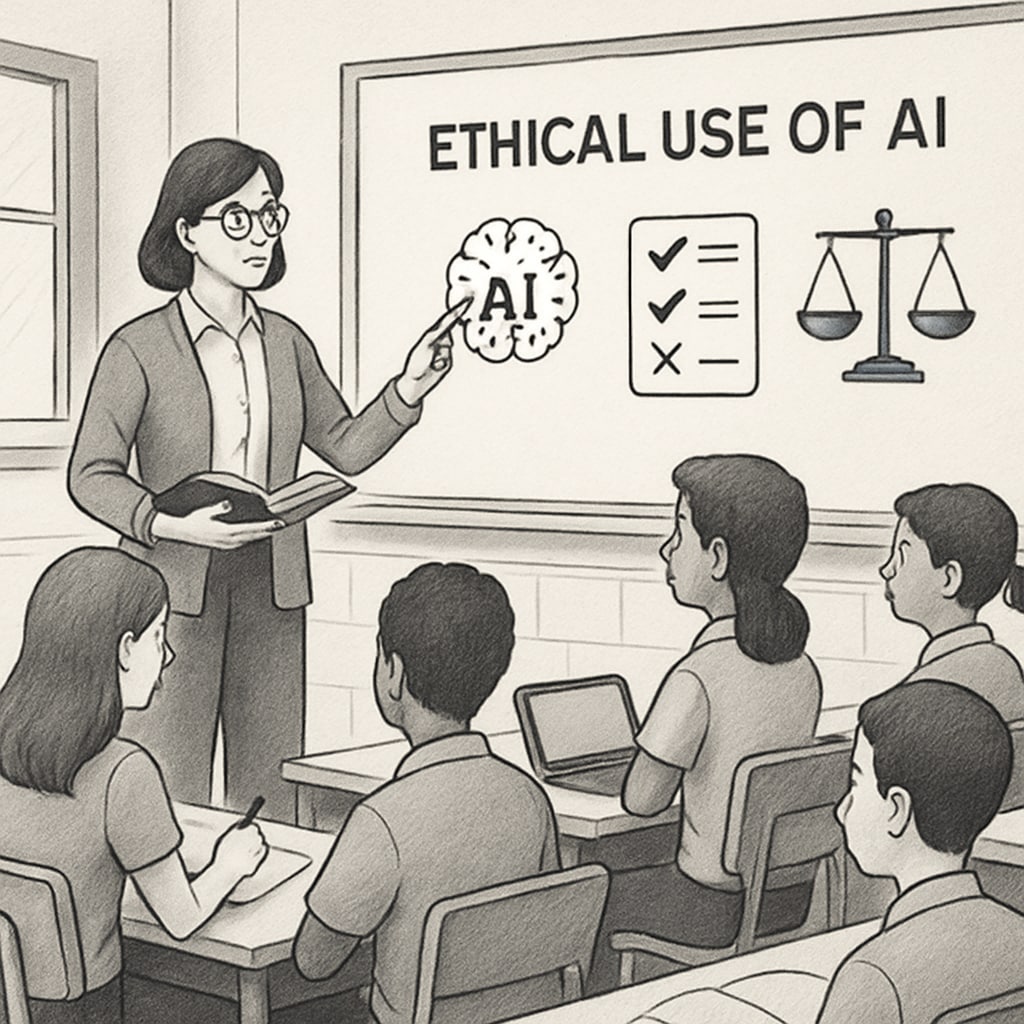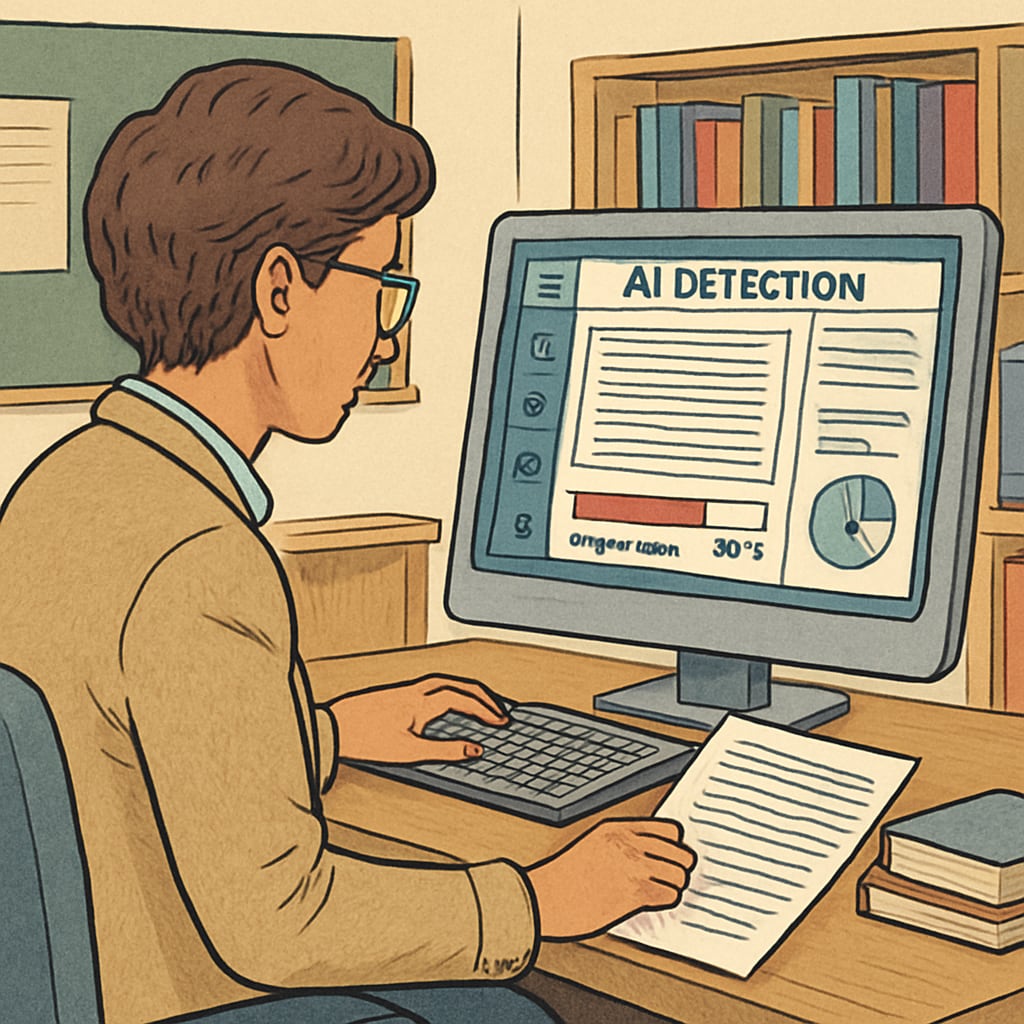The widespread adoption of AI tools, such as ChatGPT, has dramatically transformed the educational landscape. While these tools offer exciting possibilities for personalized learning, they also raise critical concerns about academic integrity, detection methods, and educational costs. Teachers and educators are now tasked with ensuring that students use AI responsibly without compromising their learning outcomes or ethical standards. This article examines these challenges and provides actionable strategies for maintaining a balance between technological innovation and academic ethics.
Understanding the Challenges of AI Tools in Education
The integration of AI tools into everyday student activities has brought both opportunities and challenges. On one hand, platforms like ChatGPT can assist students in generating ideas, summarizing content, or solving complex problems. On the other hand, the misuse of these tools to complete assignments without genuine effort undermines the core purpose of education: fostering critical thinking and independent learning.
One major challenge is the difficulty in detecting AI-generated work. Although tools like Turnitin have begun incorporating AI detection capabilities, these methods are far from perfect. For example, AI-generated text often mimics human writing styles, making it hard to differentiate between student and machine output. Additionally, the educational costs associated with implementing these detection tools can be a barrier for institutions with limited budgets.

Strategies to Promote Academic Integrity in the AI Era
To address the challenges posed by AI tools, educators need to adopt a multi-pronged approach. Here are several practical strategies:
- Redesign Assignments: Create coursework that emphasizes critical thinking and creativity, making it harder for AI tools to generate meaningful responses.
- Educate Students: Teach students about the ethical implications of using AI tools and the importance of authentic learning.
- Leverage AI Detection Tools: Invest in advanced detection systems while remaining aware of their limitations.
- Encourage Collaboration: Incorporate group projects and oral presentations to assess individual contributions beyond written assignments.
- Continuous Training: Provide professional development for educators to stay updated on AI trends and detection methods.
By implementing these strategies, educators can foster a culture of academic integrity that aligns with the evolving technological landscape.

Balancing Educational Costs with Ethical Standards
The financial implications of addressing AI-related challenges cannot be ignored. Detection tools, training programs, and redesigned curricula all require significant investment. For institutions with limited resources, the cost of maintaining academic integrity in the AI era can be daunting.
However, cost-effective solutions are available. Open-source AI detection tools, collaborative teacher training sessions, and partnerships with technology providers can help reduce expenses. Moreover, embedding ethical discussions into existing curricula minimizes the need for additional resources while promoting long-term positive outcomes.
In addition, educators can encourage student accountability through honor codes and peer-driven initiatives. By focusing on ethical behavior and transparency, schools can create an environment where academic integrity becomes a shared responsibility.
Readability guidance: Use concise paragraphs, integrate lists for clarity, and ensure smooth transitions between sections. This improves accessibility for readers while maintaining a professional tone.


